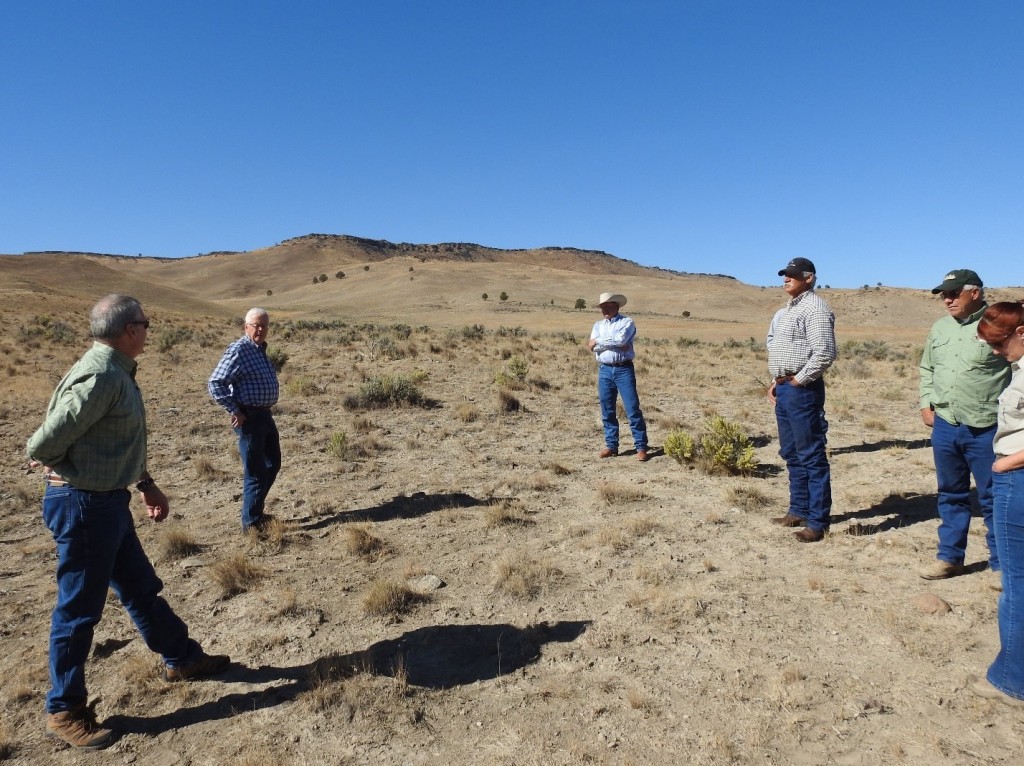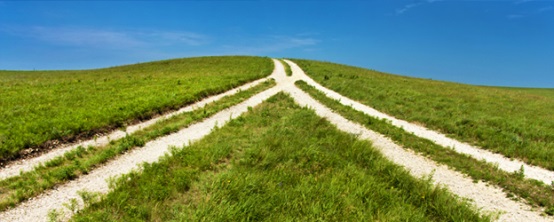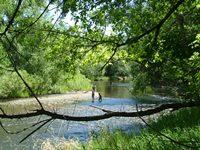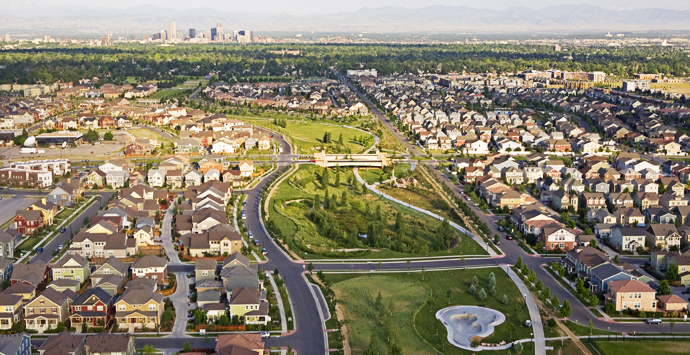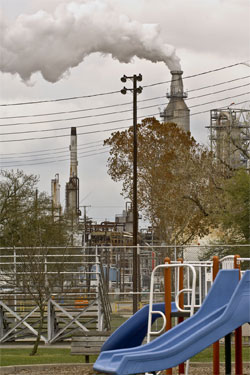
“We, who participated in the mediation process, had an experience that none of us anticipated. While we believed that we could form a ‘legal’ agreement, we gave little thought to personal relationships. We started out as adversaries with firm positions, people who did not know one another, and began by treating each other as stereotypes. However, during the process we began to learn about, know and value one another as people of integrity and good faith. In the end we formed relationships based on mutual respect, understanding and appreciation. In short, we became friends. This was not a goal, it was a gift. It was a lesson for life for all of us and is of much greater value than any legal settlement could ever be.”
Lorraine and Michael for the community organization
Joy and David for the chemical company
Background
In 1995 a toxic chemical (sodium chloride) was spilled at an off-loading terminal in a low-income community where a mix of industrial and residential use has created a number of challenges for residents of the neighborhoods. The EPA agreed to a settlement with the responsible chemical company. Neighborhood residents in the community where the spill occurred had organized meetings with city and State representatives to discuss this settlement. This resulted in a recommendation to request a mechanism for contacting residents in the future, should another evacuation be necessary.
Although the EPA settled, the company was still responsible under the Emergency Planning and Community Right to Know Act (EPCRKA) to provide information about the spill to the affected residents in the community. This information was not provided, as required by the law and, two years after the spill, residents felt forced to sue the company. However, residents were open to a settlement discussion, believing that communication and negotiation could possibly result in a satisfactory solution for all. The company, which had positive experience with mediation in the past, was also interested in pursuing a mediated agreement. After meeting in two one-day sessions, the parties reached agreement on all the issues, and the community organization that had filed suit agreed to have the suit dismissed with prejudice.
The affected community of 2200 homes was split in half during the 1960’s by the construction of two highways. Over the past two decades, heavy industry has moved into the neighborhood. 61% of homes are owner occupied, many with two or three generations living in the community. They are well organized and, due to the existence of many environmental hazards, have developed experience in working constructively (where ever possible), with companies who emit pollution into the environment.
In 1987 the community formed an Environmental Justice organization. That organization has since grown statewide with over 500 members. It was members of this organization that undertook the mediation with the chemical company. The chemical company, itself, had also been seeking ways for developing better relationships with people in the communities where they are based.
Keys to Success
There were three primary factors that helped this process to succeed. First was the mediators’ determination, as a result of the pre-mediation interviews, that a fundamental issue was the development of relationship among the real parties to the dispute. To that end, the logistics were arranged in such a way that the parties were near one another, across the table. The mediators then structured the initial stages of the process to focus on personal communication among the parties, with little input from the mediators OR the attorneys. By focusing on this fundamental, developmental theme, the parties began to build relationships, which sustained the process when it moved into more difficult negotiation on the practical, financial resolution of the conflict.
Second was the “slower is sometimes faster” principle, something CDR references often in our work. The parties were asked to slow down, in spite of the urge to present (and respond to) monetary demands, we postponed settlement discussions until there had been an opportunity to understand how each group had experienced the spill and resulting perceptions of one another. These frank discussions helped to humanize the situation and build mutual appreciation, creating a foundation for a productive negotiation on the settlement itself.
The third factor involved the roles played by the attorneys and the parties in the actual negotiations. The parties took the lead in discussions, with their attorneys present to provide legal guidance. This allowed direct, unfiltered expression of perspectives and concerns. This was especially valuable because the direct conversations enabled the parties to build on the developing relationship, making tangible proposals and offers based on the real interests expressed by both sides.
